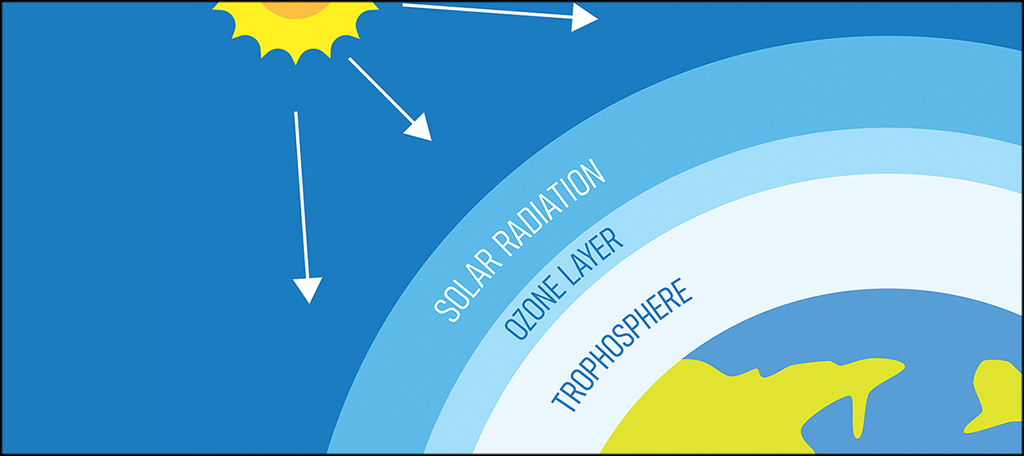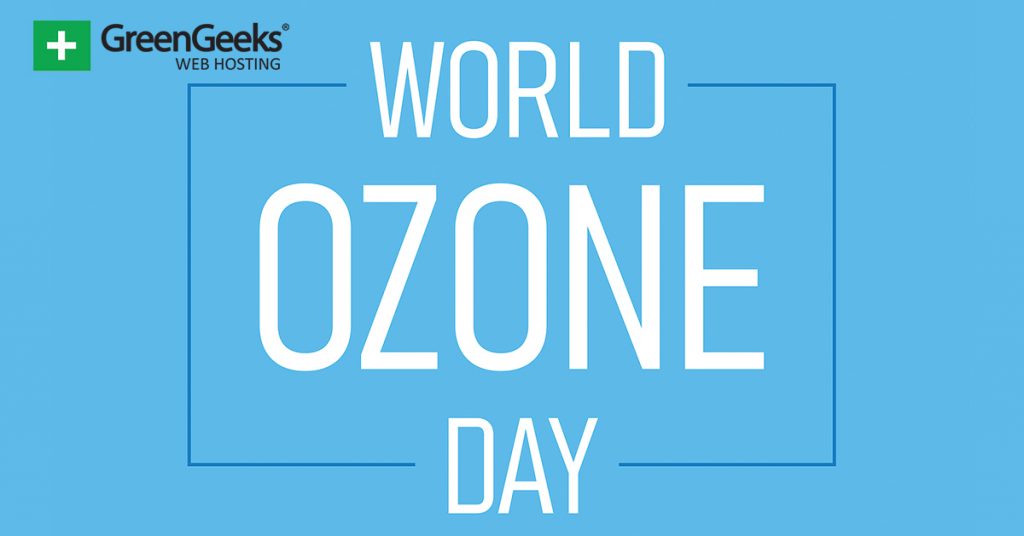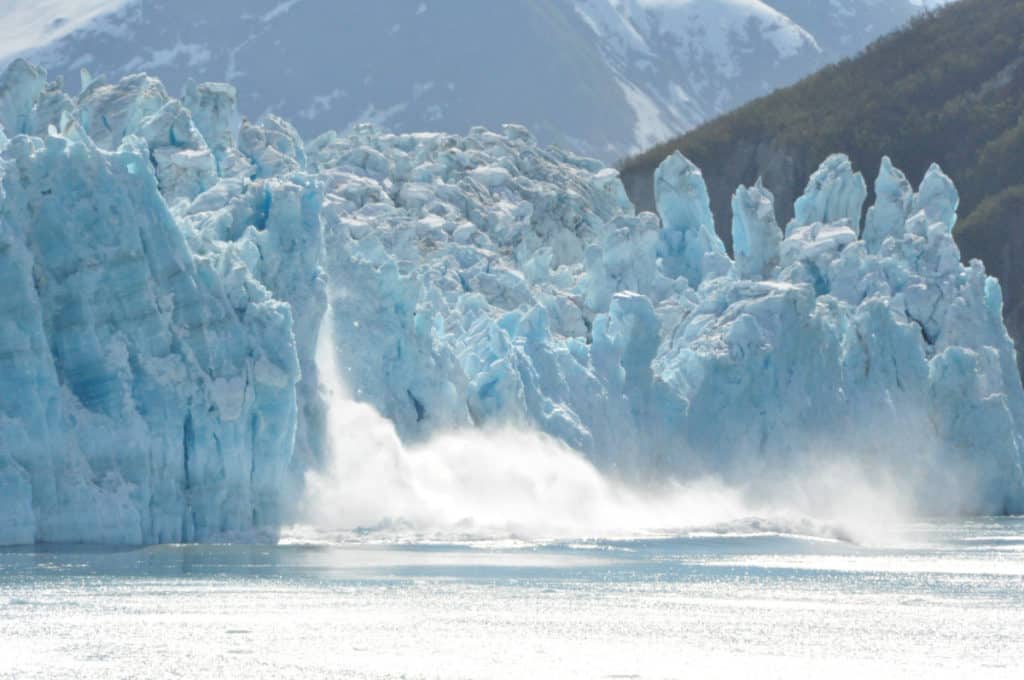In 1985, a hole was discovered in our ozone layer. This lead scientists to find the cause which was ultimately found to be the usage of chlorofluorocarbons. These are found within aerosol cans and refrigerants (air conditioners). Since then, their usage has fallen and the hole has shrunk.
September 16th is the International Day for the Preservation of the Ozone Layer.
What Is the Ozone Layer?
Ozone (O3) is a highly reactive gas that occurs naturally in the Earth’s atmosphere. However, where it appears will have either good or bad effects.
Normally, the ozone layer is located within the stratosphere. When in this location, the ozone layer will block ultraviolet radiation from reaching the surface. It is an important part of protecting our planet from the Sun.

However, ozone can form in other parts of the atmosphere.
Typically through human activity, ozone can form within the Troposphere and this is not good. It is harmful to breathe, damages plants, and is the main ingredient of smog. It is far more common during summer months, but can happen during the winter,
The State of The Ozone
There’s no doubt, 2020 has been a crazy year for just about everything, and the ozone is no exception. This year saw the largest ozone hole ever in the North Pole open and close within a single month.
It peaked at a size 3 times greater than Greenland.
While Ozone holes are opening and closing in the South Pole on a yearly basis, normally in the autumn, it is very rare for them to do so in the North Pole.
In fact, it’s so rare, scientists don’t know what to make of the opening or what it could mean.
However, on a more positive note, the holes that open in the South Pole are getting smaller than previous years.
How the Ozone Affects Humanity
Humanity depends on the ozone layer to keep it safe. Without the ozone, life as we know it would end.
The radiation from the sun would reach the Earth’s surface at an unprecedented level. It would be strong enough to alter the DNA of both animals (including humans) and plants. Life would no longer be able to continue.
Thus, it is best thought of like sunscreen for the planet.
However, ozone goes much further than that. We are now experiencing ozone in the Troposphere, which means, humans are breathing it in and it is able to react with other chemicals. As such, there are a variety of health-related diseases related to.
It is also a key ingredient in smog, which can reach deadly levels.
What Can We Do to Protect the Ozone Layer
Ozone is a highly reactive gas, and as such, the chemical we send into the atmosphere can have a reaction with it.
In particular, gases like CFCs (chlorofluorocarbons) are a huge problem. These gasses break up when UV rays make contact. The chlorine atoms will interact with the ozone to form oxygen, thus depleting the ozone layer.
To preserve the ozone layer, we need to stop using CFCs.
Since 1989, CFCs have almost been entirely phased out. From a whopping 800,000 tones in 1989 to 156 tones in 2014. However, we now have another problem. Their replacement of HCFCs (hydrochlorofluorocarbons).
The good news is that these gasses have 10 to 100 times less ozone-depleting potential than CFCs.
However, you can help by avoiding products that release or contain these gasses.


